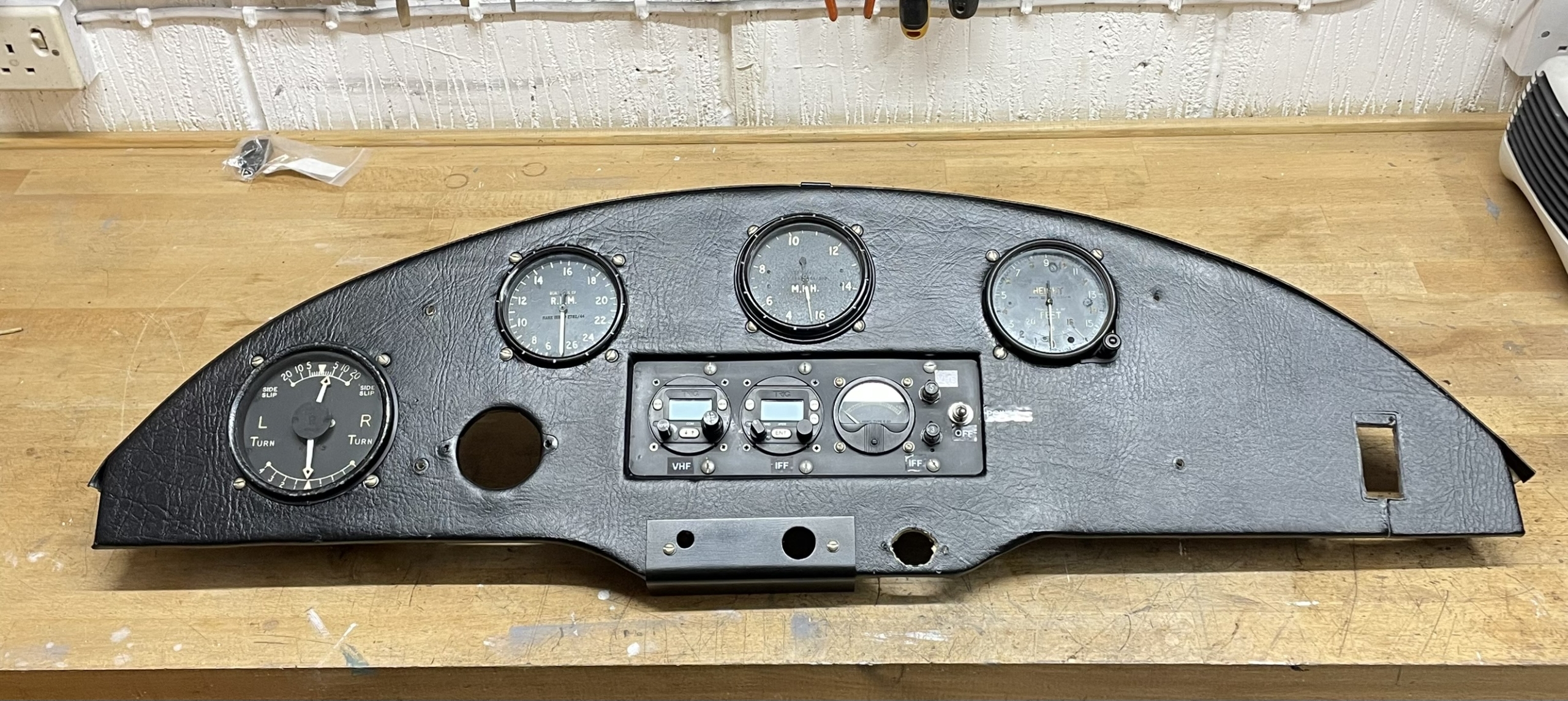If you have read previous HAAF blogs you will be aware we are in the process of renovating a 1941 Mk 1 Auster. As a part of this work, we have rebuilt the cockpit instrument panel to provide a nice new mounting for our very old instruments. While poring over the work in progress, Tim Goble (pilot and HAAF board member) asked a question about the scale on the altimeter. “Is that really in 1000’s of feet?” And yes, it is a bit confusing at first glance
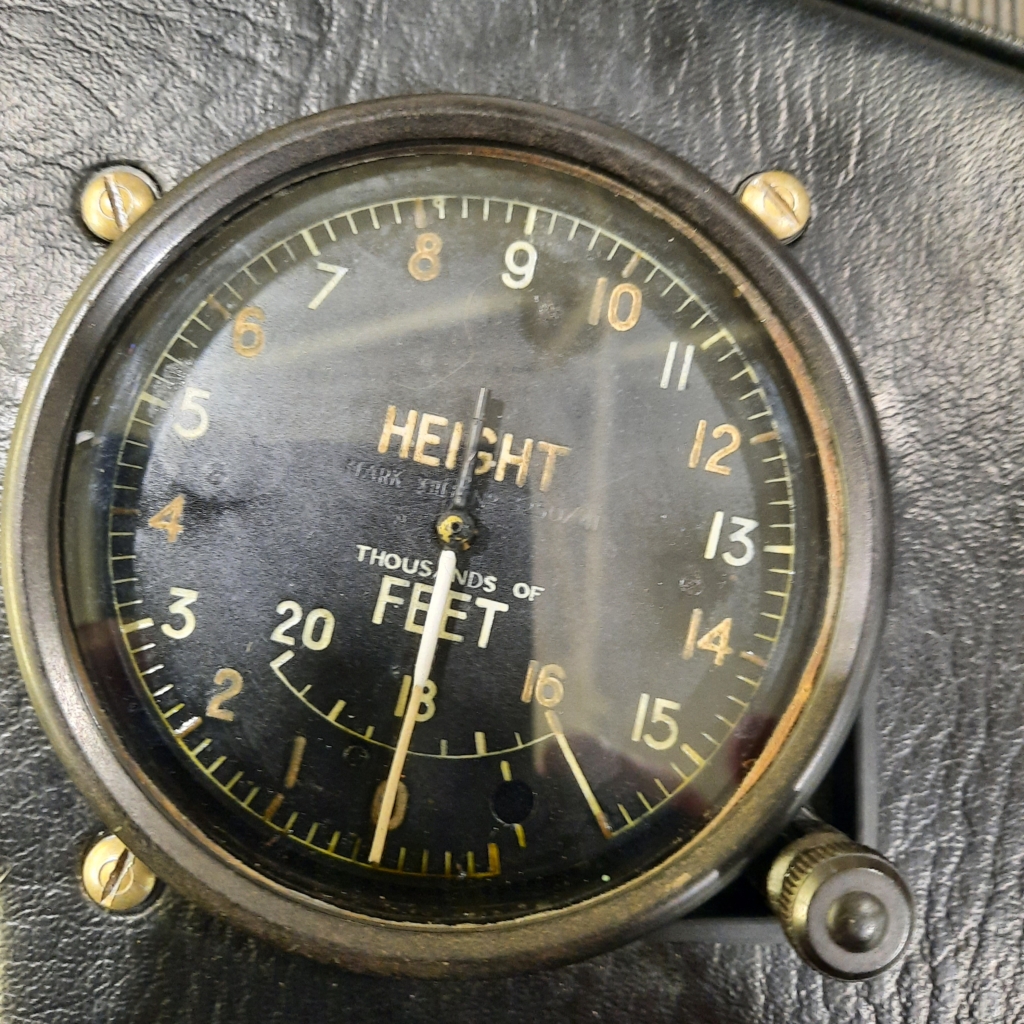
So time for some research on our instrument setup and a blog about 1940’s avionics.
Our aircraft is not fitted with a battery, engine-starter, generator or alternator. The only power generation is two magneto’s that power the spark plugs with the On/Off switches mounted on the instrument panel. We have added two small lightweight rechargeable (off-aircraft) 12v batteries to power the new VHF radio and IFF. Continuing the no-battery theme, the aircraft has no internal or external lighting.
Our Auster was originally fitted with a 1942 era Wireless Set No 22 which with its battery pack and ancillaries weighed in at 90 Lbs. We have fitted a Trig TY 91 VHF radio which weighs 1 lb and a Pilot/Passenger intercom so anticipate an immediate advantage in aircraft performance!
We have retained an original Kelvin and Hughes P 11 compass and this is floor mounted between the pilot and observer. To comply with current operational rules, we have added a Trig TT 21 IFF transponder.
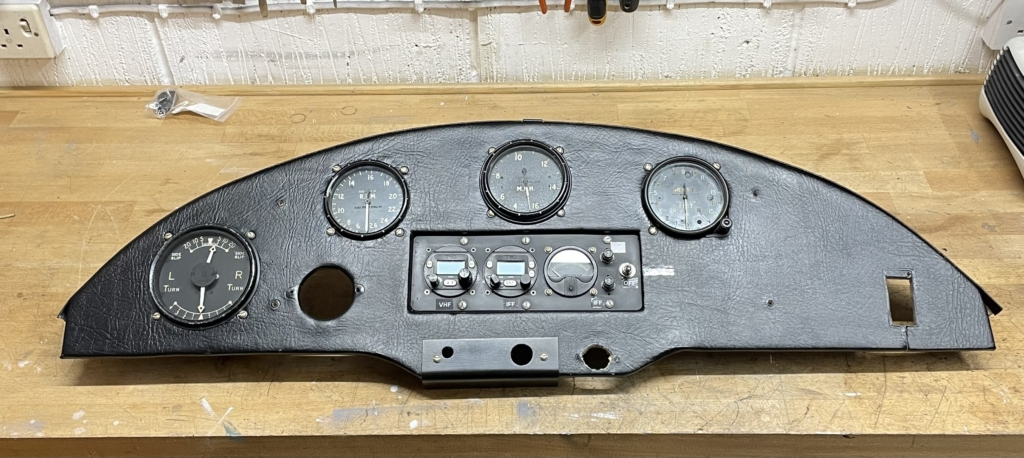
The instrument panel has been refurbished but all original wartime instruments remain in place, they are (left to right).
- A Mk 1A Reid and Sigrist “Turn and Slip Indicator”. The Venturi tube mounted externally forward of the pilot’s door draws air through the instrument creating a gyroscopic effect. The 1-4 Turn scale (170/360/660/1080 degrees per min) does not equate to a Rate 1-4 turn
- A 1944 Kelvin and Hughes Mk IXB (600 – 2600) RPM Gauge, connected by a flexible drive from the engine
- A 1943 Kelvin and Hughes Mk IXB Airspeed Indicator, range 40 -160 MPH. Note MPH rather than Knots. A Mk IVA Pitot/Static head is mounted on the Port wing strut
- A 1941 Kelvin and Hughes Mk XIIIB Altimeter, range 0 – 20,000 feet. When operating above 15,000 ft a doll’s eye indicates that readings are now on the inner scale
- A Mk XI E oil pressure gauge range 0-150 Lb/Ins is connected to the engine via a 20 foot bourdon tube filled with ethyl alcohol, which transfer oil pressure to the gauge
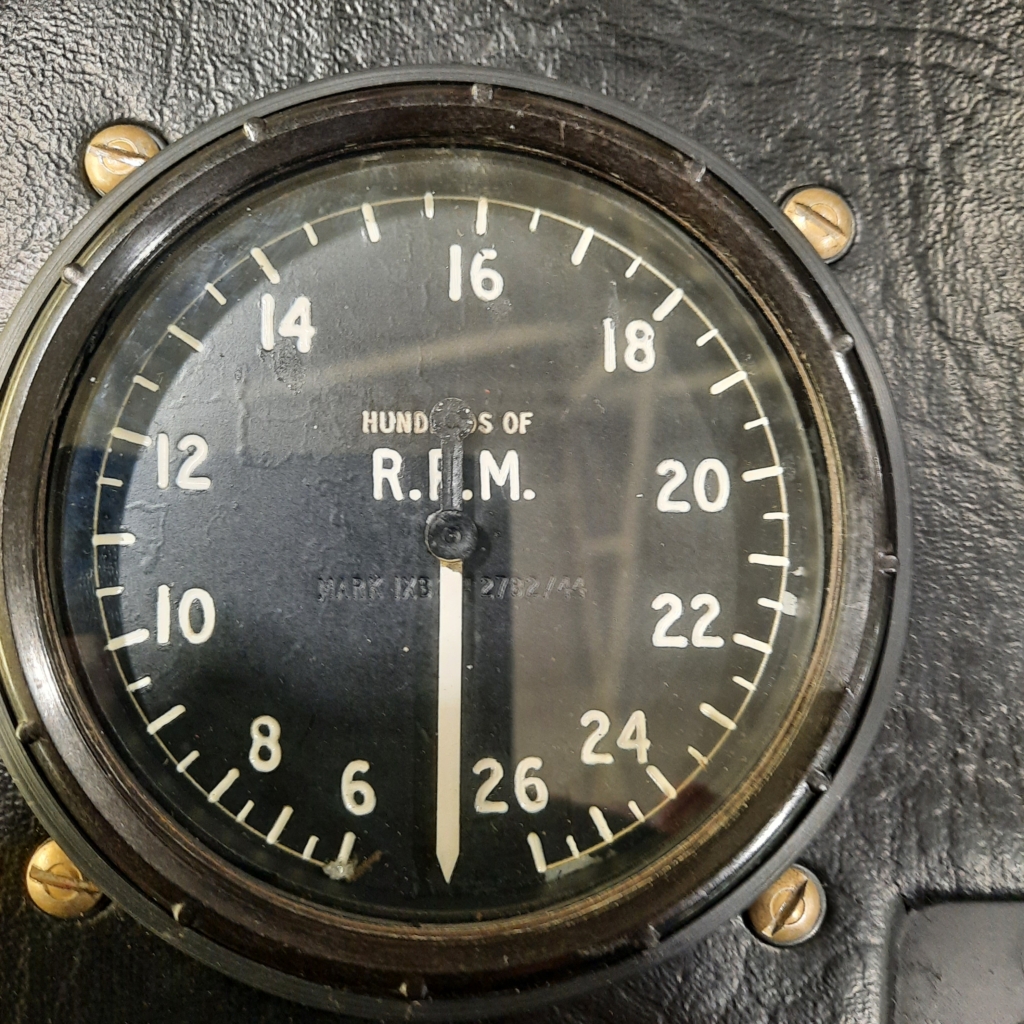
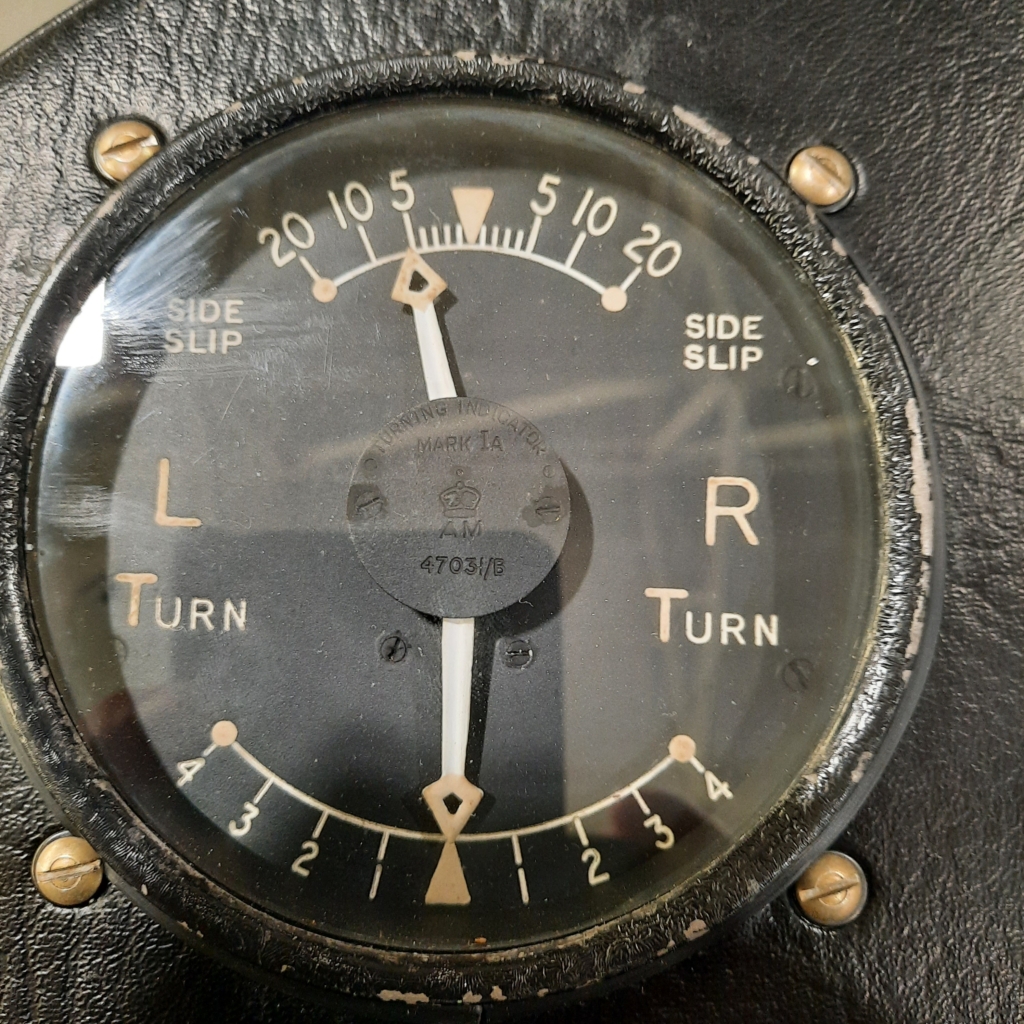
Finally, in keeping with a simple approach to engineering, the Fuel Contents gauge sits in the pilot’s eye-view outside the aircraft. A float inside the tank raises and lowers a red tipped rod inside a tube mounted externally forward of the cockpit Perspex. Simple but effective.

Story by Mick Unsworth

